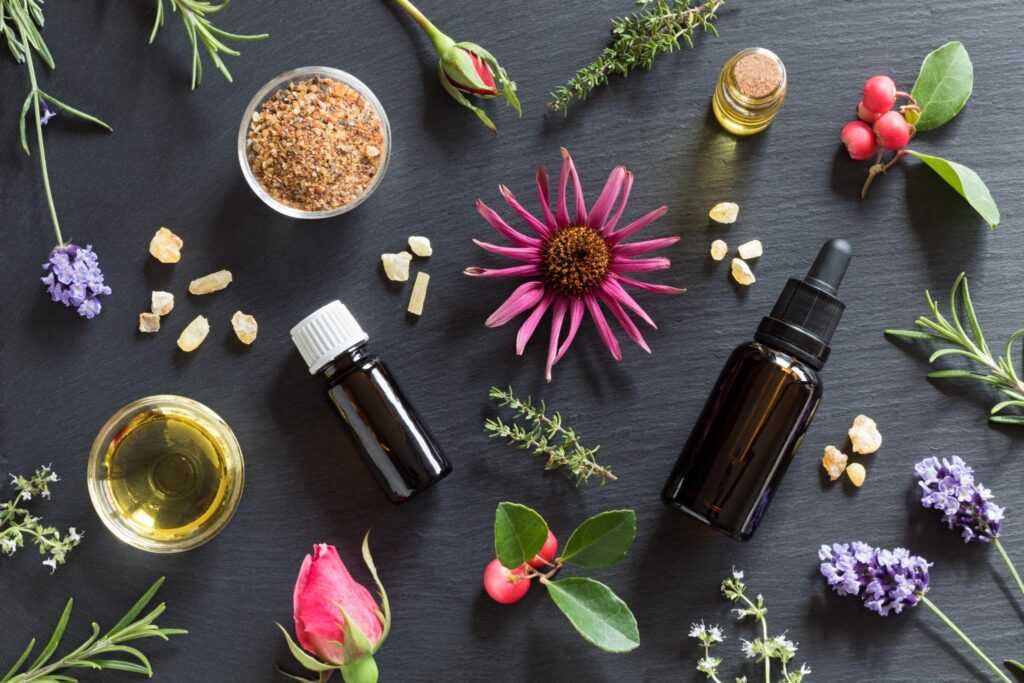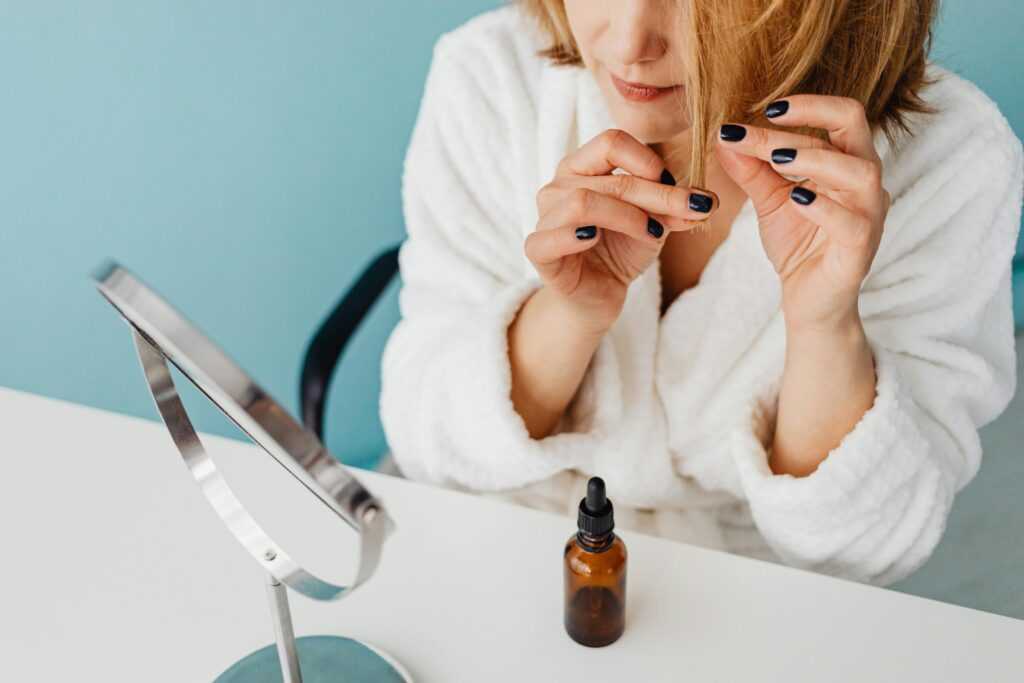You don’t need a lab or a degree in chemistry to make essential oils at home. With a few basic tools, the right herbs, and a little time, you can create powerful, all-natural oils for aromatherapy, skincare, cleaning, and more.
Whether you’re looking for a sustainable way to customize your blends or want to try something new, this guide covers everything you need to get started. We will explain what tools to use and list beginner-friendly methods you can try today.
What to Expect When Making Oils at Home
Making essential oils at home isn’t hard, but it does take time, prep, and the proper setup. Steam distillation takes about three hours (most oil collects in the first 30 minutes), while infusions need two to four weeks of sun exposure with daily shaking.
You’ll need to crush or chop your herbs to help release oils. Distillation involves heating plant material with water and collecting the separated oil. In comparison, infusion is simpler. Just seal herbs and carrier oil in a jar and let them sit.
It’s also critical to understand that yields will vary. Distillation gives you true essential oil and hydrosol, while infusion produces a diluted but still aromatic oil that is great for skin use.
Above all, expect some trial and error. However, the good news is that the process is gratifying with the right tools and patience.
Easy Techniques for Making Essential Oils at Home
Several accessible methods exist for making essential oils at home, each requiring varying levels of equipment, time, and effort. Here are the most practical and detailed techniques for beginners and hobbyists alike.
- Steam Distillation (Traditional Method)
Steam distillation is the most traditional and reliable way to produce true essential oils. You’ll need plant material like herbs or flowers, distilled water, a heat source, and a way to collect the steam (a large pot with a lid and a bowl will work in place of a distillation kit).
Place the herbs in a steaming basket or sieve above simmering water. As the steam rises through the plant matter, it carries the essential oils with it. Let the steam condense on the lid angled downward toward a collecting bowl. Once cooled, you’ll have a mix of water and oil. Finally, skim the essential oil off the top and store it in a dark glass bottle.
- Oil Infusion (Simple DIY Method)
Infusion is the easiest method and ideal for beginners. Use dried herbs to avoid mold. Place them in a glass jar and cover with a carrier oil like jojoba, sunflower, or almond. Set the jar in a sunny window and shake it daily for 2 to 4 weeks. Once the scent is strong enough, strain out the herbs using cheesecloth and transfer the oil into a dark glass bottle.
If you’re short on time, you can speed things up by gently heating the mixture in a double boiler for a few hours. To get the best results, ensure you use clean, high-quality botanicals, whether homegrown or sourced from a trusted botanical supplier.
- Alcohol Extraction (Tincture Method)
This method is excellent for sticky, resinous, or delicate botanicals like vanilla, jasmine, or citrus blossoms. Finely chop your plant material and place it in a clean jar. Pour in enough high-proof vodka or grain alcohol to fully cover the herbs. Seal the jar and let it sit in a dark place for about a week, shaking it once or twice a day.
After infusing, strain out the plant matter using a coffee filter or fine cloth. The alcohol can then evaporate naturally over time, leaving behind a concentrated aromatic extract.
- Cold-Press Extraction (for Citrus Peels)
Cold pressing is your go-to if you’re working with citrus fruits like lemons, oranges, or limes.
Start by peeling the fruit only, avoiding the bitter white pith. Then, use a mortar and pestle to crush the peels and release their natural oils. Add the crushed peels to a jar of carrier oil for a gentler infusion and let it sit for several days, shaking occasionally.
Once the aroma develops, strain out the solids. The result is a lightly scented citrus oil that works beautifully in DIY cleaning products, bath blends, or as a base for natural perfumes.
Start Small, Blend Smart
Making essential oils at home is part science, part self-care ritual. It won’t replace professional distillation for large batches, but it’s more than enough for personal use. If you do need a large batch, finding a wholesale oil supplier online is the best option versus trying to make large quantities at home.
Try one method, see how it goes, and refine from there. In time, you’ll build your own toolkit of go-to recipes, favorite blends, and maybe even a few bottles worth gifting.
So, light the stove, prep your herbs, and get started.




